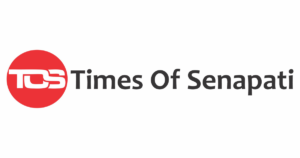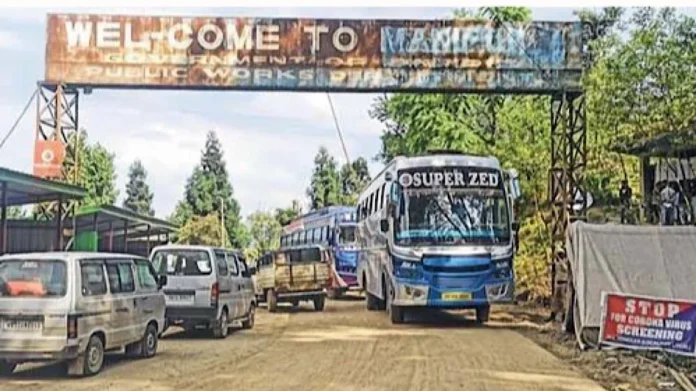IMPHAL, Jan 29: Manipur has completed five years since the implementation of the Inner Line Permit (ILP) regime, and recent data reveals that the state collected ₹61,33,400 in revenue at Mao Gate, its northernmost border town with Nagaland, in the past year.
According to an official report released this week, a total of 51,774 individuals obtained ILPs at Mao Gate between January 1 and December 31, 2024. Additionally, 62,958 people from other states and union territories exited the state through the same route.
In the same period, authorities issued challans to 946 ILP defaulters, underscoring the growing impact of the ILP system in regulating movement into the state. While the ILP counter at Jiribam has not yet released its revenue figures, the latest data highlights the continued importance of the system in controlling the influx of non-residents.
To mark the five-year milestone, Chief Minister N. Biren Singh distributed commendation certificates to officials from the Home Department, Imphal West Police, and the Deputy Commissioner’s office on Tuesday. Singh expressed pride in the ILP’s successful implementation and praised the efforts of the officers and officials involved. He shared on a micro-blogging platform: “We are proud of completing five years of ILP in Manipur and extend our sincere appreciation to the officers and officials who have played key roles in its execution.”
The ILP regime was extended to Manipur on December 11, 2019, following an announcement by Union Home Minister Amit Shah in Parliament. The decision came after years of sustained civil movements demanding its implementation. Manipur became the fourth state, following Arunachal Pradesh, Nagaland, and Mizoram, to come under the ILP system.
The ILP is a mandatory permit issued by the state government, allowing Indian citizens from outside these protected states to enter for a limited period. The system aims to regulate the movement of non-residents, preserving the demographic and cultural integrity of indigenous communities.

